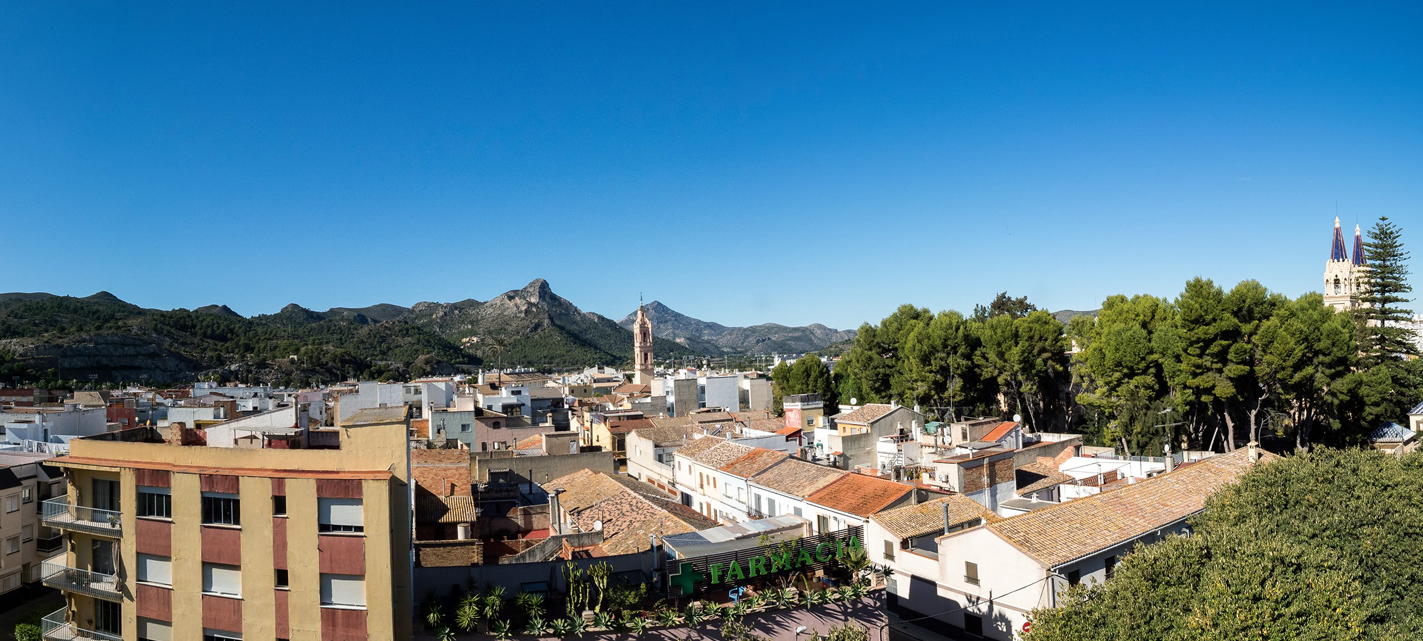
Despite its volume, the town has architectural milestones such as el col•legi de les Esclaves, with an eclectic style, a mix of modernism and neo-gothic style with Mudejar brushstrokes. In addition, we have la Casa Gran, a symbol of the ancient feudal power and today used as a restaurant, and l’Església de Sant Llorenç (Church of Sant Llorenç) built in 1574.
The second week of January, Benirredrà is a not to be missed event in the region: El Porrat de Sant Antoni takes place and it is filled with cultural activities and food, crafts… and traditional games and la crema de la Foguera (the burning of the Fire).
Gentilici: Benirredrana, Benirredrano
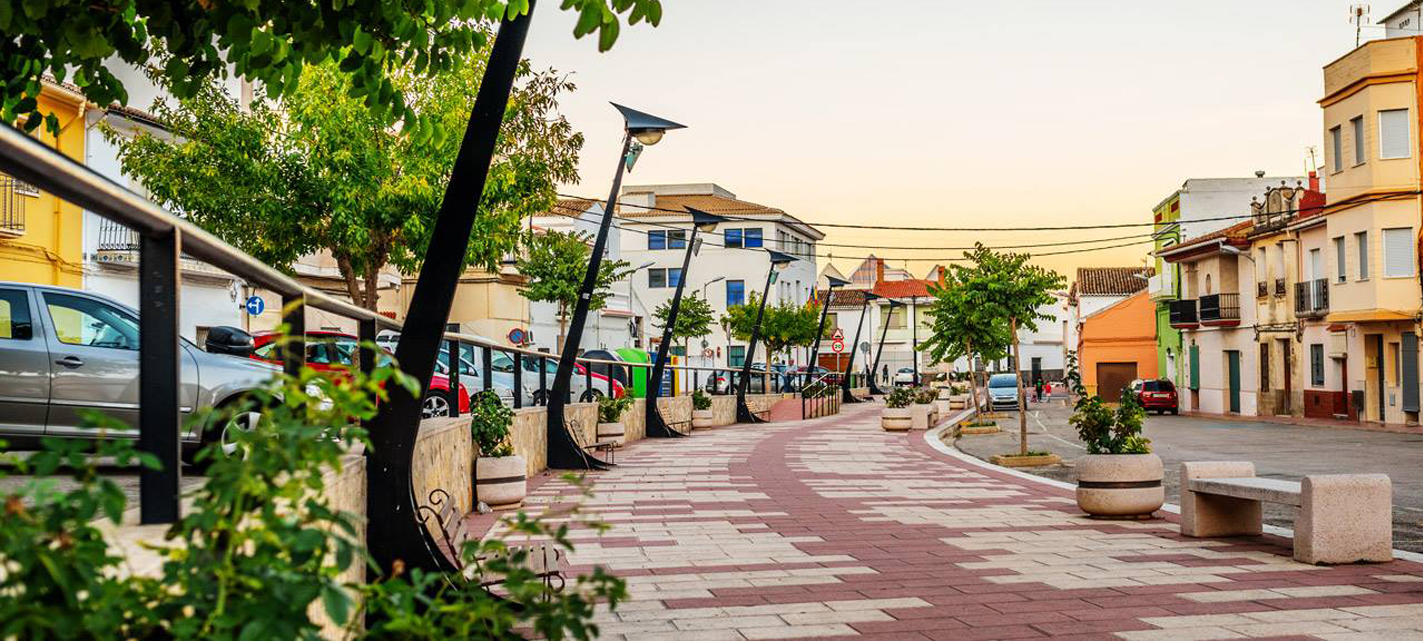
In this way, different paths have been valorised such as the PRV-153 Font del Mondúver, Ruta dels Corrals, Ruta dels Picapedrers, Ruta dels Picapedrers at Pla de la Vella, Ruta botànica de les Senilleres, Ruta de la Marjal, Ruta of the Monasteries or the Ruta de la Marjal
In its historic centre, the local washing place of 1910, l’Església de Sant Antoni de Pàdua and l’Ermita de la Santíssima Trinitat are preserved, as well as el Parc de les Oliveres, which has trees of great value.
Gentilici: Xeresero, Xeresera
Natural resources:
- Massís del Mondúver
- Cim del Mondúver
- Marjal de Xeresa
- Font del Carritx
- Ruta dels Corrals
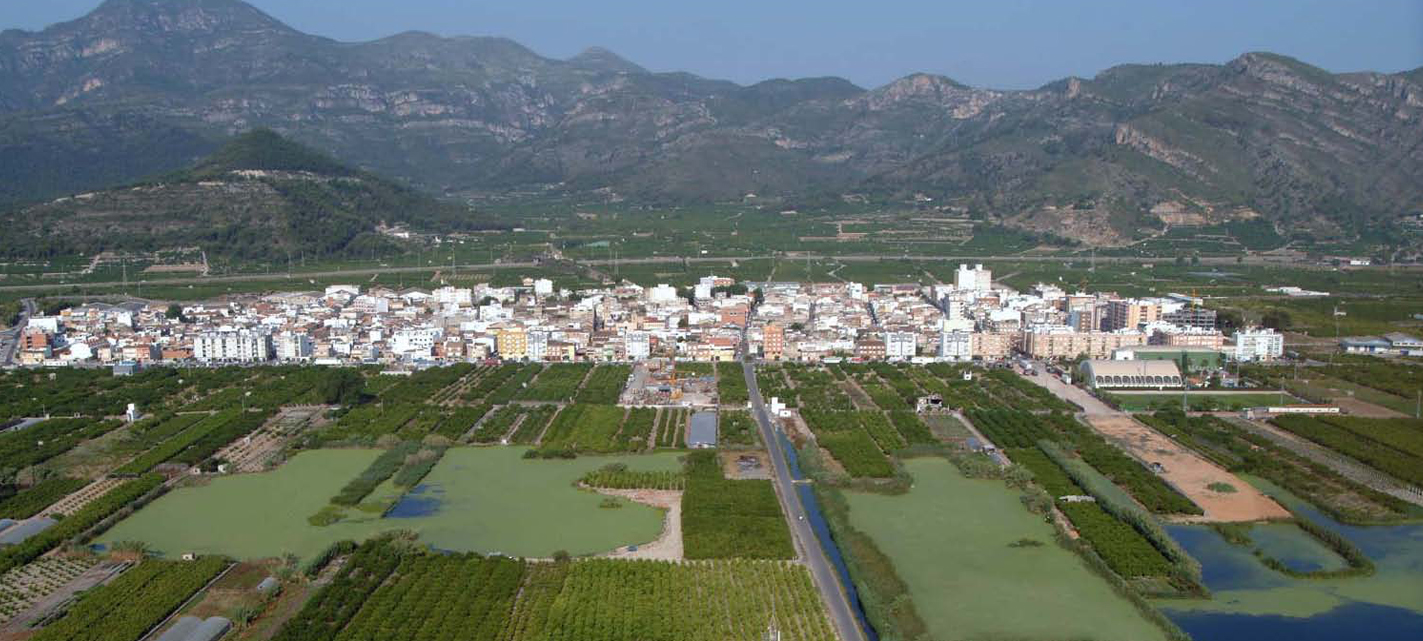
Known for paths such as la Font de l’Ull, from where we can access to the mine, l’Esdudella or la font del Xopet, as well as being able to see the remains of the first water pipes that used to fill la Cisterna, still preserved in perfect condition in the city centre.
Xeraco has recovered part of its marshes and is working with different projects to open trails and new natural spaces in this wet area. El Riu Vaca has its river mouth la Goleta and an artificial channel, to avoid flood problems. On its edge there is the la Torre de Guaita (Watch Tower) of the 16th century, built to notice the arrival of pirates by the sea.
A sea that today contributes with a great part of its tourist attractive, with an urban beach that has maintained the dune system, and abundant parks and gardens, in addition to a house of culture located in the old station of the Carabineros. To these attractions we must add the different bars in the beach, which, located under the dunes, which bring the visitor to the very paradise.
Gentilici: xeraquer, xeraquera
Tourism Office – Xeraco: Avinguda Migjorn, 2, Playa de Xeraco. [email protected]
Natural resources:
- Muntanya de la Barcella
- Serra de la Barcella
- Massís del Mondúver
- Platja de Xeraco
- Riu Vaca
- Marjal de la Safor
- Font del Xopet
- Font de l’Ullal
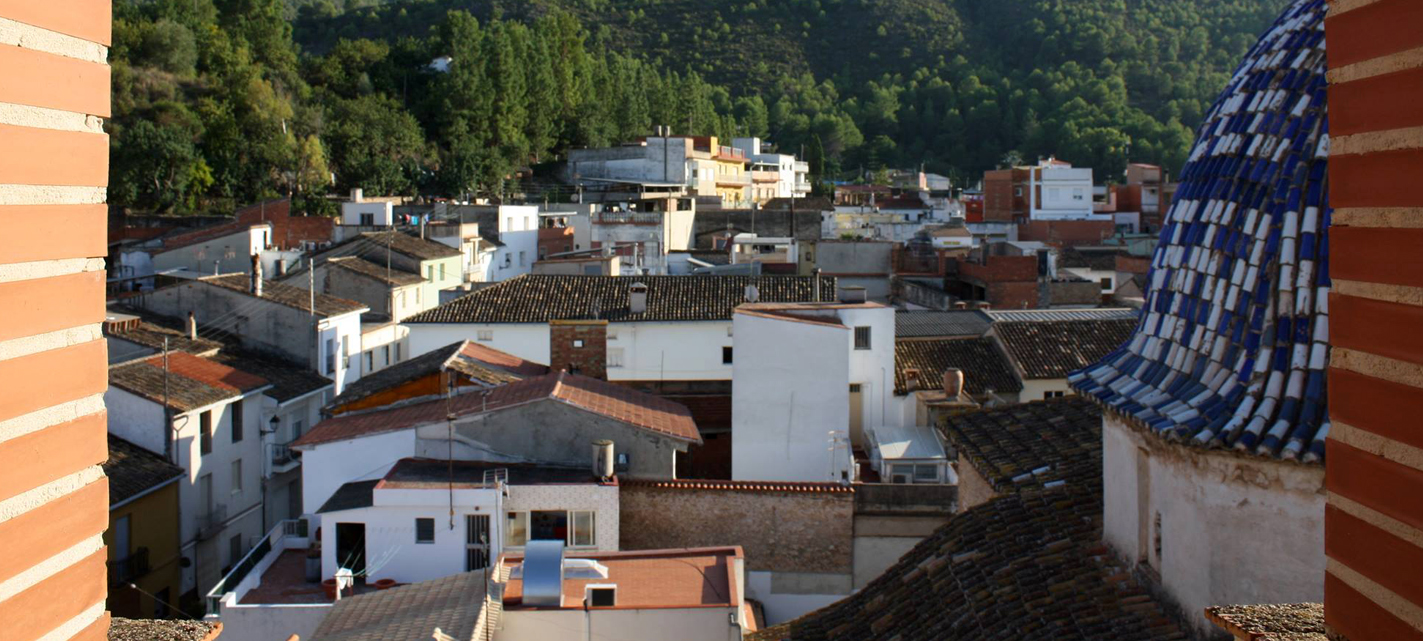
But Vilallonga also has Racó del Duc and the Reprimala, both joined by la Senda Verda, which runs along the old track of the train. Throughout the whole area there are different fountains and trails that make Vilallonga a compulsory destination for nature lovers. The urban fabric of l’Alcúdia and Cais neighbourhoods preserves alleys and typical houses of Moors. Also in the centre is la Font dels Setze Xorros, the modernist facades of el Gran Café and la Casa de la Cultura, as well as l’Església dels Sants Reis, la Capella de la Mare de Déu de la Font o l’ermita de Sant Antoni and Santa Bàrbara.
Among the most particular things of Vilallonga, its most characteristic dish is: el Blat Picat, to which is even dedicated a gastronomic fair on the first weekend of March.
Gentilici: Llobero, llobera.
Natural resources:
- Circ de la Safor
- Racó del Duc
- La Reprimala
- Riu Serpis
- Via Verda a l’Orxa
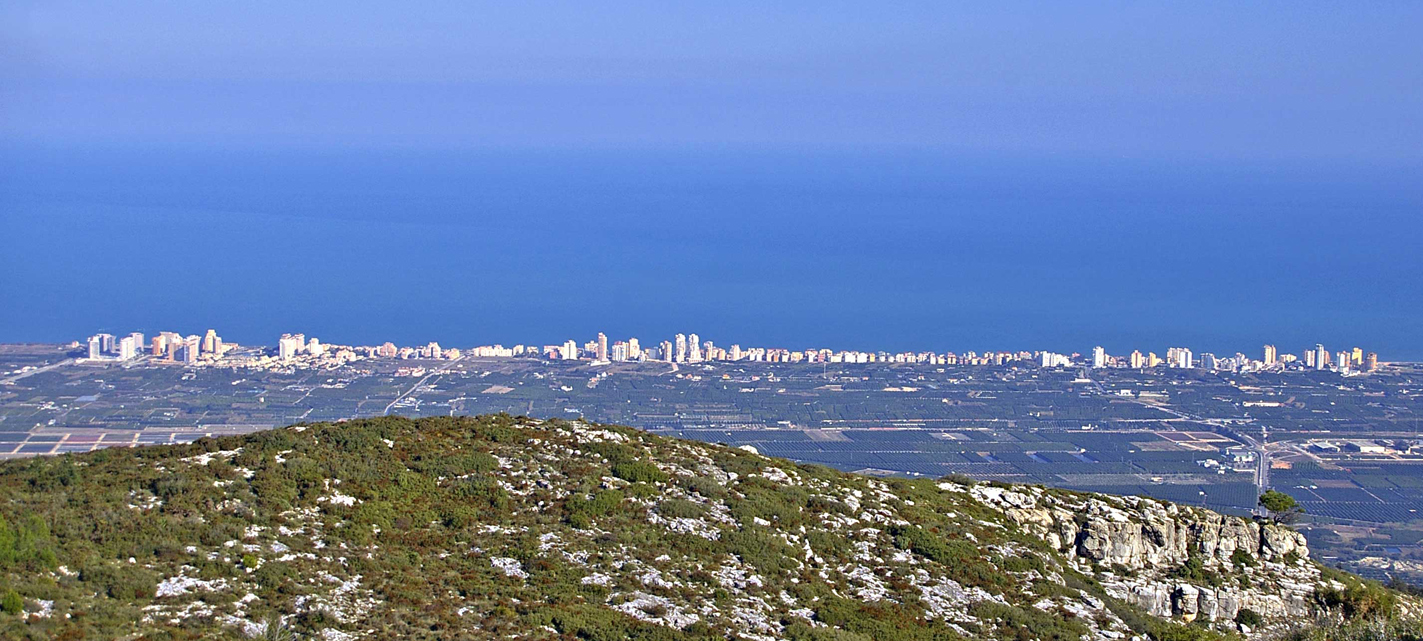
At the moment Tavernes de la Valldigna is making an effort to recover its prehistoric heritage, and it is worth mentioning the works carried out in Bolomor cave, and in the interpretation centre of the site.
Hikers can go through different routes such as l’Alt de les Creus or get to the places of el Clot de la Font and Sant Llorenç. From the viewpoint of Valldigna you can see some of the best views of the valley.
The beach is crossed by the Marjal and sheltered by la Torre de Guaita, which at other times served to watch the coast. At present it has replaced this function by an area of recreation and interpretation of wetlands. Its beach has many activities, festivals and services of all kinds.
Gentilici: Vallera, vallero
Turism Office – Tavernes de la Valldigna: Avinguda Marina, s/n, Platja de Tavernes [email protected]
Natural Resources:
- Platja de la Goleta
- Platja de Tavernes
- Serra de les Agulles
- Muntanya de l’Ombria
- Barranc de Bolomor
- Cova de Bolomor
- Pla de les Creus
- Font de la Sangonera
- Vall de Valldigna
- Font de Bolomor
- Font de la Granata
- Clot de la Font
- Mirador de la Valldigna
- L’Alt de les Creus
- Paratge de Sant Llorenç
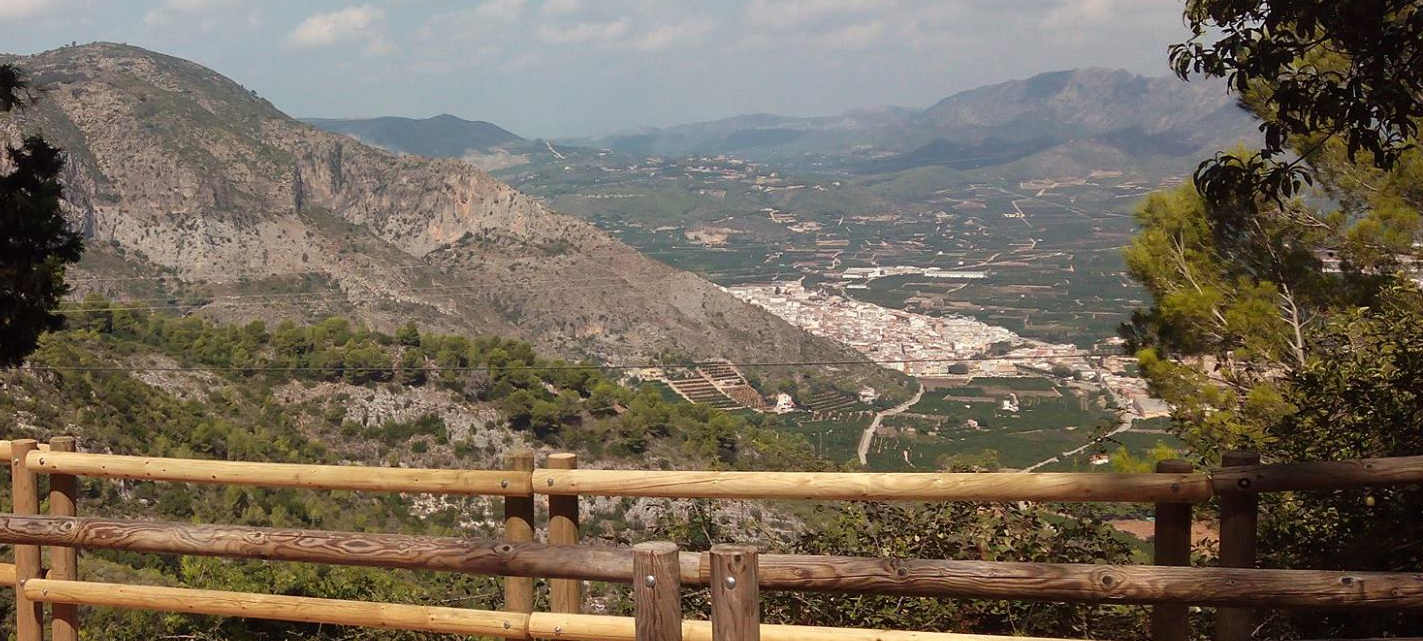
It is currently one of the most important monuments in the whole country, mentioned even in l’Estatut d’Autonomia Valencià (the Valencian Statute of Autonomy).
But Simat contains other unique claims throughout our territory such as la Mesquita de la Xara, which was used by Christians as a hermitage in honour of Santa Anna. Travelers also have multiple paths and natural places to complete their visit to the town.
Gentilici: simatera, simatero
Turism Office – Simat de la Valldigna: Passeig 9 d’Octubre, s/n. [email protected]
Natural resources:
- Massís del Toro
- Massís del Mondúver
- El Mirador del Toro
- Avenc de la Plantxeta
- Pla de Corrals
- Font Nova
- Font Cirer
- Font Menor
- Font Gran / Font Major
- Mirador de Simat
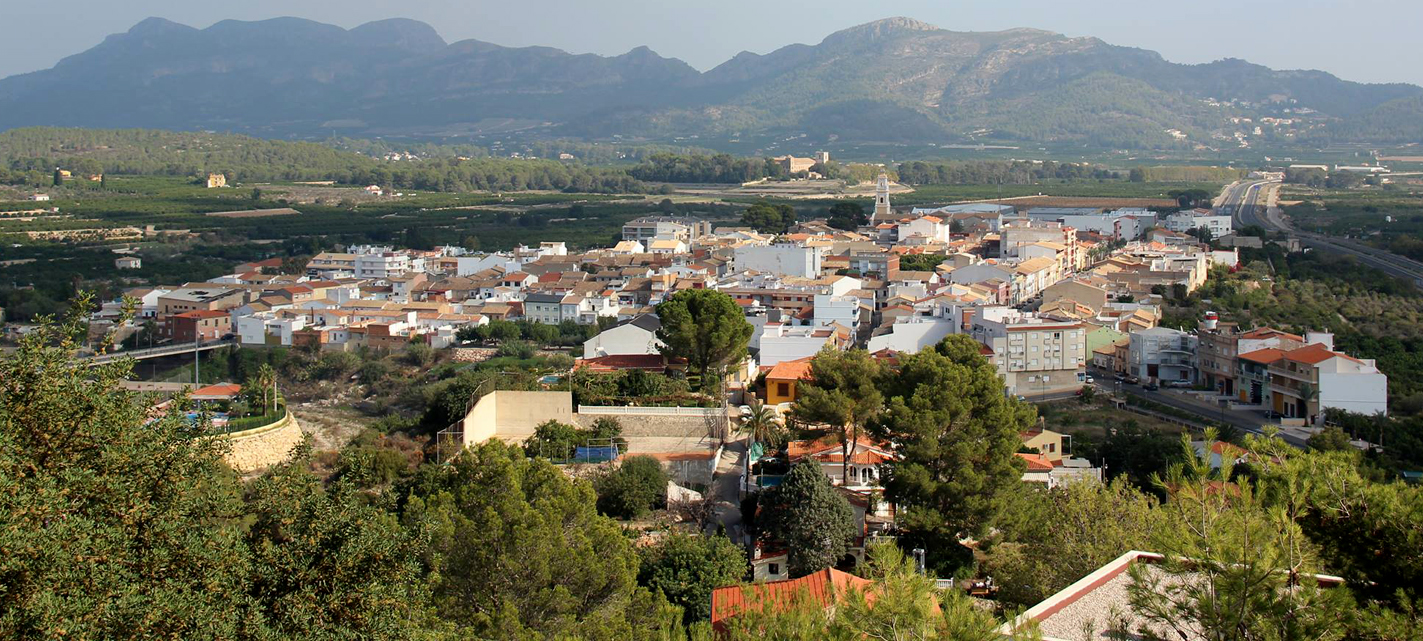
Among the most outstanding architectural elements are el Palau dels Comtes de Ròtova, l’Aqueducte del Monestir de Sant Jeroni, l’Església and one of the best preserved Riuraus in the region.
The last weekend in February, la Ruta dels Porrats makes stop at the town to commemorate Sant Macià. In addition, the festive activity is completed with the Moors and Christians, the first weekend of August, and the festivals, on the first Thursday of September. All of them are a perfect excuse for eating coques de dacsa ( corncakes), a typical dish of their cuisine.
Gentilici: Rotovina, rotovino
Tourism Office – Rótova: Plaça Major, 7. [email protected]
Natural resources:
- Barranc de les Galeries
- Barranc Blanc
- Barranc del Garrofer
- Barranc dels Garcia
- Cova del Forat de l’Aire Calent
- Cova de les Rates Penades
- Penya Roja
- Vall de Vernissa
- Font de les Galeries
- Font dels Llibrells
- Castell de Borró

For this purpose, the thematic tourist route “Els Fils de l’Agua” is born, which will show us the elements that during this millennium humans have used to channel and make use it.
In its place there is also la Cova de l’Autopista, a joy for speleologists, and that is currently protected and registered.
Gentilici: Realera, realero
Natural resources:
- Patrimoni de l’Aigua
- Riu Serpis
- Cova de l’Autopista
- Serra Falconera

The town offers different routes, such as the natural-archeology, which makes a stop at the Rafelcofer Museum, where we find remains of the Iberian, Arab, Roman and Christian periods. And it will continue to el Rabat and the mountain of Sant Miquel, where the archaeological remains blend in the natural setting.
Rafelcofer offers a Water Route with a tour through various dykes. Built in 1849, of Islamic origin and located at both ends of the town along with the different mills de Bas, the one of Sant Miquel, the one of de Fayos and the one of de l’Alcudiola, they help us to understand better the presence of the water in the region.
Gentilici: coferera, coferer
Natural resources:
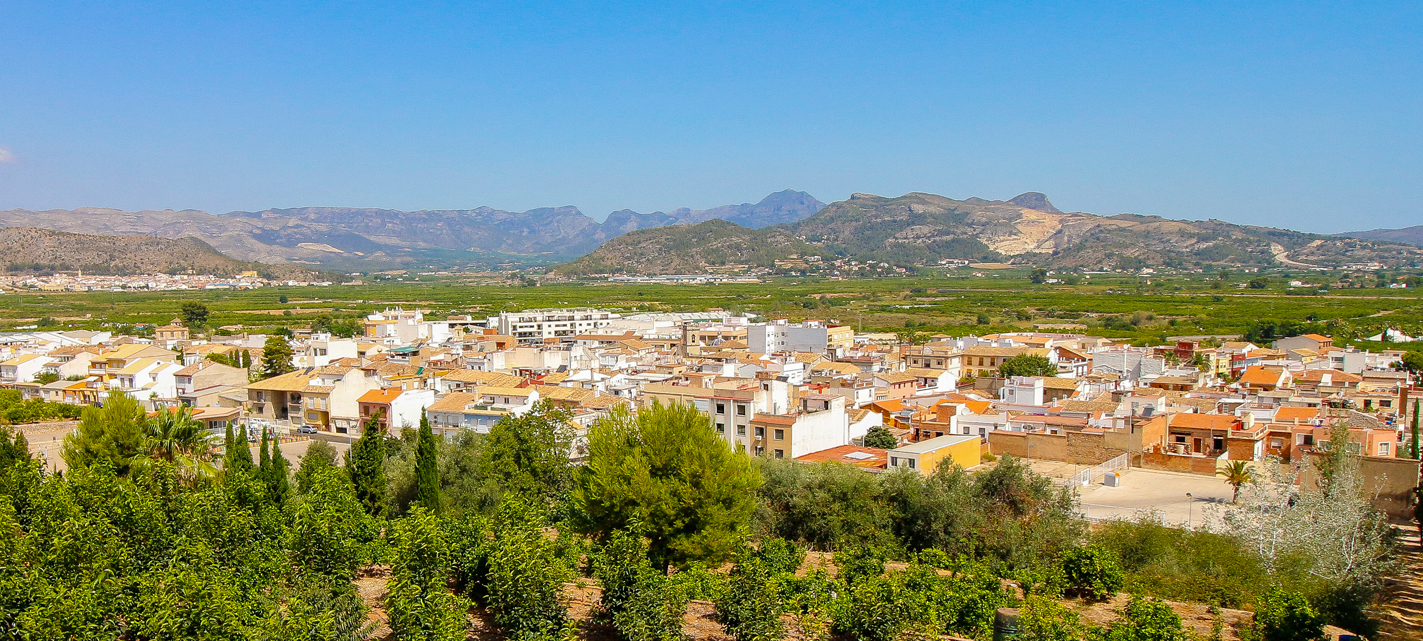
The visitor will be able to enjoy a didactic route through thepartition mechanisms, weirs, irrigation canals or mills. And from the water and the land, from mud, one of the most characteristic traditions of the town is born: the pottery.
In the past, many families of Potries were dedicated to making pots and utensils of mud to sell them afterwards. At the present time the municipality has restored the house-workshop of the last potter, Àngel Domínguez, to turn it into an ethnographic museum. The Culture of Potries breath into its network of historic streets and buildings linked to the most important dynasties of the Valencian Renaissance, such as the current town hall that joins the Borja and Centelles houses, and the cultivation of canyamel.
The region maintains an annual event with Potries for its Porrat de Sant Blai, where young persons as well as old persons enjoy the tradition and the best potter cuisine.
Gentilici: Potriera, potriero
Natural resources:
- Riu Serpis
- Ruta de l’Aigua
- Entorn Ermita Crist de l’Agonia









